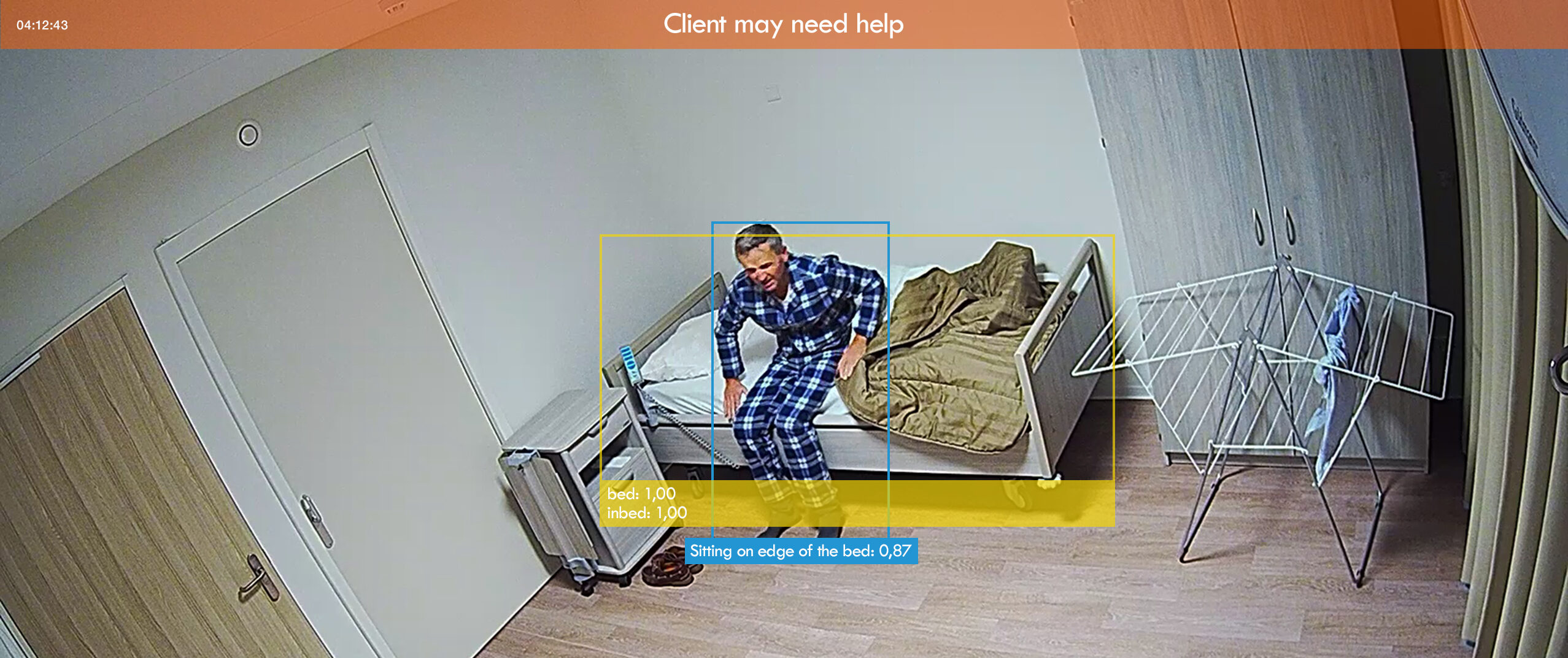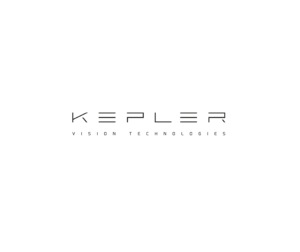Falls of care home residents are a continuous problem. Many residents are unable to stand back up on their own and it takes a long time for healthcare professionals to notice them. Elderly care organisation Oktober has been using the Kepler Night Nurse (KNN) for several years to speed up the detection of a fall. KNN is a computer vision and artificial intelligence-driven detection system for body language that identifies residents in need of help and alerts on-duty healthcare staff. While monitoring systems based on motion sensors, bed mats and wearable sensors cannot distinguish between a resident in need of help and a resident who is moving a lot in their sleep, a dog or a cat, KNN promises to submit an alert only when a resident is in actual need of help. A nine-month assessment period at Oktober recently showed that KNN generated an alert for every single fall with 100% reliability. In addition, KNN reduced the number of false, erroneous or unnecessary alerts by 99%; traditional motion detection systems generated over 2,195 false alarms in three weeks while the KNN system only accounted for 9 false alarms in the same period [1].

Development & Implementation
In his dissertation research at the University of Amsterdam, founder and CEO Harro Stokman found out that computer vision can be of great value in different markets. He first developed software to automatically group dog and cat photos on smartphones. The technology ended up being bought by Qualcom, allowing Stokman to focus on human body language recognition, which is the foundation for the KNN technology as we know it today. KNN is the world’s first fully automated system for human activity recognition in healthcare, which made it a popular conversational topic. At the Zorg & ICT [Healthcare & IT] conference, Alwin van Deuren, a health innovation consultant at Oktober, first got in contact with Stokman. Van Deuren: “There was an obvious demand for a healthcare alarm system based on fall detection that minimises false alarms.”
For the implementation of the KNN, Oktober founded an ‘engine block’: a multidisciplinary team that included nursing, management, clients, HR and IT to design the implementation procedure. The healthcare section of this fixed group appointed Van Deuren as ambassador. Clients were actively involved via client councils prior to, during and after the KNN implementation. Van Deuren had continuous access to one of three IT specialists to ensure that the needs and requirements of the client, healthcare professional and technology supplier aligned with Oktober’s infrastructure. Attention was paid to the digital skills of healthcare staff, just like in the long-term DigiZorg project, which includes all digital innovation tracks at Oktober. Van Deuren: “It is vital for staff to receive proper training when it comes to using smartphones, tablets and messenger systems.”

Van Deuren currently has a supporting role at the department where KNN is being applied and he emphasises the importance of proper technical support and its continuation after the technology is launched: “My presence at the department allows me to identify who is comfortable with the technology and who requires additional attention. Plus, the staff know me and the other members of the engine block, so they are more inclined to accept our guidance.” In order to measure the progress and success of the KNN, intermediate assessment and satisfaction studies are conducted. The data is used to determine how the use of KNN can be improved and where KNN could be applied even more in the future. The KNN is largely financed by the quality funds of the CZ care administration office, which were applied for on a country-wide basis.
Staff broadly embraced the technology from the start as they had been suffering from ‘alarm fatigue’ due to poor experiences with alarm systems in the past. The successful pilot phase where the number of false alarms was drastically reduced, generated the necessary support among healthcare professionals. What also helped was the fact that the technology emerged from a clear necessity: solving the capacity problem at Oktober, which was partially due to the corona pandemic as it forced some departments to close during the holidays. Moreover, the KNN provided the healthcare professionals with more time and opportunity to focus on residents in need of extra attention [2,3]. Responses from clients have been positive as well. The KNN helps them feel safer and improves their sense of privacy because healthcare providers no longer have to check up on them for no reason [3]. Initially, the KNN deployment was expected to cause privacy issues, especially among residents, but this was not the case barring a few incidents. Kepler carefully considered privacy and data security in advance. “We comply with the strict regulations described in the data processing agreement of the healthcare industry and we are NEN and ISO certified. All Kepler employees with access to the data have signed a non-disclosure agreement and all data is erased after a period of time”, Stokman explains.
Future perspective
According to Oktober, they will continue to use the KNN and will be implementing any future upgrades to the technology. One such implementation is the KNN Edge Box, a small device in the meter cabinet where video footage is analysed and submitted via the cloud to the nurse call system on the smartphones and tablets of that department. The Edge Box prevents video footage from leaving the building while accelerating the fall detection process and reducing the burden of the system on the internet bandwidth of the healthcare institution. When it comes to continued product development, Kepler Vision wants to focus on roam detection and personalised access authorisation in closed care institutions. KNN has now been implemented by more than ten elderly care institutions and two hospitals in the Netherlands and the goal is to expand into 30 to 50 additional institutions in 2022. They are currently working on accelerating their motion and fall detection for expansion into hospitals in order to quickly identify attempts to get up out of a hospital bed or wheelchair. “Before shifting our focus to other markets, such as self-driving cars, we want to become the European market leader in healthcare alarm systems. Once again, we intend to get funding from government innovation budgets and venture capital, with a primary focus on expansion into the United Kingdom”, Stokman adds.
References
- Tao & Stokman, Kepler Vision Technologies whitepaper ‘Hoe kunstmatige intelligentie ingezet kan worden in langdurige zorginstellingen en daarmee de veiligheid van de bewoners en de productiviteit van het verplegend personeel verbetert’, 2021, [Available from: https://keplervision.eu/nl/white-papers/artificial-intelligence-improves-resident-safety/ ]
- Y.W. Li, Master’s Thesis ‘’Nurses’ acceptance of an integrated remote monitoring system in long-term care: a TAM analysis’’, Rotterdam, 2021
- A. Vermin, Master’s Thesis ‘’Assessment of the implementation of optical artificial intelligent sensors for night-time care delivery in a long-term care setting’’, Rotterdam, 2021

